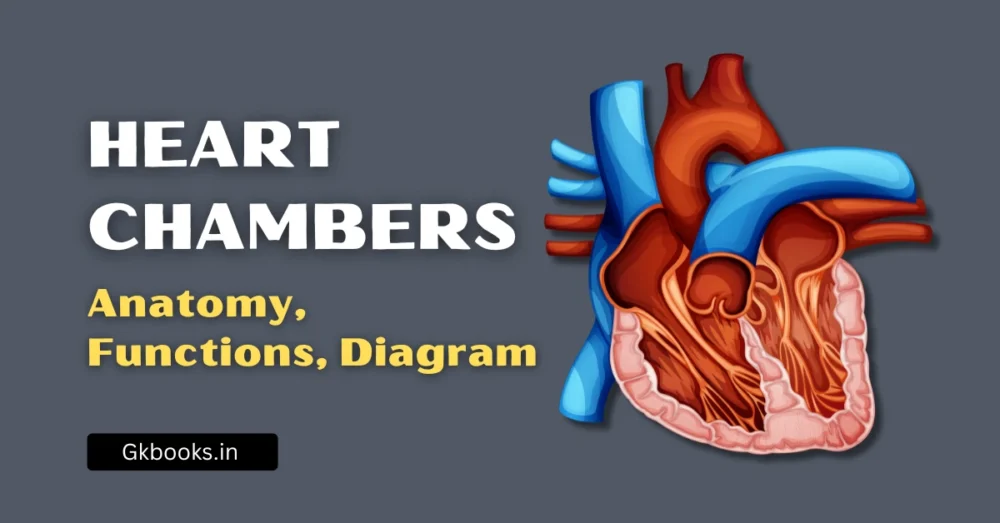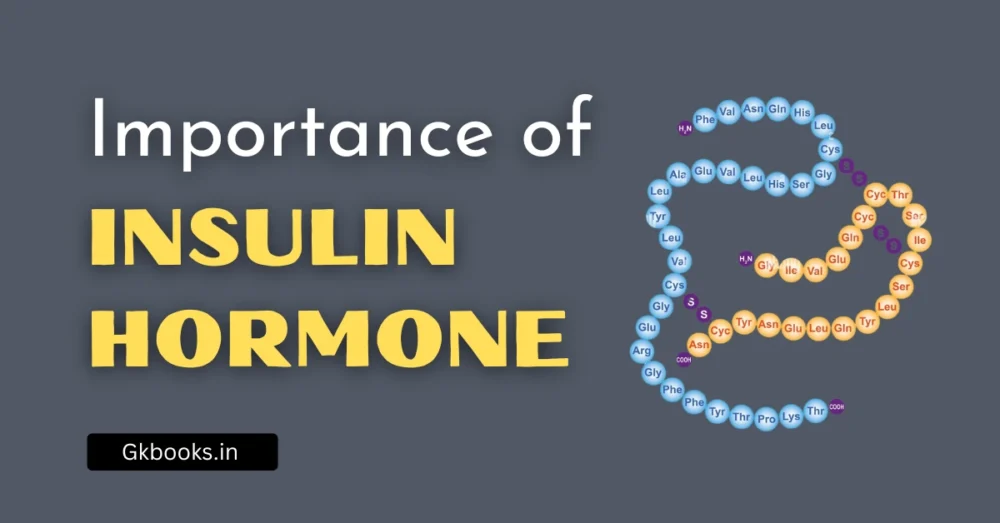A zygote is the single, diploid cell formed when a sperm fertilizes an egg. In humans, it forms in the fallopian tube, begins rapid mitotic divisions (cleavage), and develops into a morula by day 3–4 and a blastocyst by day 5–6, typically implanting around day 6–7.
The zygote is totipotent, meaning it can give rise to all cell types, including extraembryonic tissues. Major zygotic genome activation occurs around the 8‑cell stage in humans. Timing of early splitting determines monozygotic twin chorionicity.
In plants, fungi, and algae, the zygote also marks the bridge between gametes and the next life stage.
What is a zygote?
A zygote is the first cell of a new organism, created by the fusion of two haploid gametes (egg and sperm) to form a diploid cell.
In humans, the zygote contains 46 chromosomes: 23 from the oocyte and 23 from the sperm. This fusion restores diploidy, sets the genetic sex (via the sperm’s X or Y chromosome), and initiates embryonic development.
- Location (humans): Typically forms in the ampulla of the fallopian tube.
- Genetic reset: Maternal mitochondria dominate; paternal mitochondria are typically not inherited.
- Cell fate: The zygote is totipotent and launches the cascade leading to an embryo, then fetus, then newborn.
Why the zygote matters
- Biological starting point: It’s the instant the genome of a new human organism is assembled.
- Totipotency: The capacity to generate every cell type, including placenta and supporting tissues.
- Clinical relevance: Central to IVF, genetic counseling, and understanding early pregnancy and miscarriage.
- Evolutionary and ecological relevance: In plants, fungi, and algae, the zygote determines life-cycle transitions.
How a zygote forms (humans): Step-by-step
Ovulation and fertilization window
- A mature oocyte is ovulated and picked up by the fallopian tube.
- Sperm reach the ampulla via the female reproductive tract.
Capacitation and acrosome reaction
- Sperm undergo capacitation to become fertilization-competent.
- Binding to zona pellucida proteins triggers the acrosome reaction, helping sperm penetrate the zona.
Membrane fusion and blocks to polyspermy
- The sperm and oocyte membranes fuse, allowing sperm contents (including the centriole and nucleus) to enter.
- Cortical granule exocytosis modifies the zona pellucida to block additional sperm entry.
Pronuclear formation and syngamy
- Male and female pronuclei form and approach each other.
- Chromosomes align on a shared spindle, completing syngamy; the zygote enters its first mitosis.
First cleavage
- The zygote divides into two blastomeres, beginning the cleavage stage.
Human early development timeline (typical)
| Time after fertilization | Stage | Key events |
|---|---|---|
| Day 0 | Zygote | Fusion of gametes; pronuclei form; cortical reaction blocks polyspermy |
| ~24–30 hours | 2-cell | First cleavage; cells called blastomeres |
| ~48 hours | 4-cell | Continued cleavage; minimal growth between divisions |
| ~72 hours | 8-cell | Compaction begins; major zygotic genome activation around this stage |
| Day 4 | Morula (16–32 cells) | Tight junctions and cell polarization intensify |
| Day 5–6 | Blastocyst | Inner cell mass (embryoblast) and trophoblast lineages visible; cavity (blastocoel) forms |
| Day 6–7 | Implantation begins | Trophoblast interacts with endometrium; human chorionic gonadotropin (hCG) production starts |
Note: Ranges vary; not every embryo follows a rigid clock.
Totipotency, genome activation, and maternal-to-zygotic handoff
- Totipotency: The zygote and very early blastomeres can generate all embryonic and extraembryonic tissues. Functional totipotency diminishes as cells specialize after compaction.
- Maternal-to-zygotic transition (MZT): Early development uses maternal RNA/proteins stored in the oocyte. The embryo’s own genome takes over during zygotic genome activation (ZGA).
- Human ZGA: Minor activation occurs early; major activation typically peaks near the 8‑cell stage.
- Organelle inheritance: Mitochondria are inherited maternally; the sperm contributes a centriole critical for the first mitotic spindle in humans.
Zygote vs. embryo vs. blastocyst vs. fetus vs. gametes
| Term | Definition | Ploidy | Key feature | Typical timing (humans) |
|---|---|---|---|---|
| Gametes (sperm/egg) | Reproductive cells that fuse at fertilization | Haploid (n) | Carry 23 chromosomes each | Gametogenesis in testes/ovaries |
| Zygote | Single cell formed by gamete fusion | Diploid (2n) | Totipotent; first cell division imminent | Day 0 |
| Embryo | Early developing organism post-zygote | Diploid (2n) | Cleavage → morula → blastocyst stages | Days 1–14+ |
| Blastocyst | Embryonic stage with ICM and trophoblast | Diploid (2n) | Pre-implantation; cavity present | Day 5–6 |
| Fetus | Later stage with organ systems | Diploid (2n) | After embryonic period | ~Week 9 to birth |
Twins and the timing of splitting (chorionicity)
- Dizygotic (fraternal): Two separate ova fertilized by two sperm; dichorionic, diamniotic.
- Monozygotic (identical): One zygote splits; timing determines membranes:
- Split before day ~3 → dichorionic, diamniotic.
- Day ~4–8 (post-compaction) → monochorionic, diamniotic.
- Day ~8–13 (post-amnion formation) → monochorionic, monoamniotic.
- After day ~13 → conjoined twins (rare).
Genetic considerations at the zygote stage
- Chromosome number: Typically 46; abnormalities (aneuploidy) may arise from meiotic nondisjunction, often increasing with maternal age.
- Polyspermy prevention: Zona hardening reduces risk of triploidy.
- Mosaicism: Errors during early divisions can create genetically distinct cell lineages within the embryo.
- Sex determination: Sperm contributes X or Y chromosome.
Zygotes in assisted reproduction (IVF/ICSI)
- Fertilization methods: Conventional IVF (co-incubation) or ICSI (sperm injected into oocyte).
- Assessment: Pronuclear morphology, timing of first cleavage, and early cell division patterns are used to judge normal fertilization.
- Preimplantation testing: Biopsy is typically at blastocyst stage (trophectoderm), not at the single-cell zygote stage.
- Cryopreservation: Vitrification is commonly used; survival depends on cell stage and lab conditions.
Beyond humans: Zygotes in plants, fungi, and algae
- Plants: The zygote forms within the embryo sac and divides asymmetrically to establish the apical-basal axis, developing into the embryonic sporophyte.
- Fungi (e.g., zygomycetes): Zygote may develop into a resistant zygospore that later undergoes meiosis.
- Algae: The zygote often undergoes meiosis to restore haploidy, marking a key life-cycle transition.
Common misconceptions
- “The zygote is already an embryo.” Not quite—zygote is the single-cell stage; “embryo” typically refers to the multicellular stage post-cleavage.
- “All early cells are equally totipotent indefinitely.” Totipotency is transient; lineage restriction increases after compaction.
- “Paternal mitochondria power the embryo.” In humans, mitochondrial inheritance is overwhelmingly maternal.
Key takeaways
- A zygote is the single, diploid cell formed at fertilization; it is totipotent and launches development.
- In humans, major zygotic genome activation occurs near the 8‑cell stage; implantation begins ~day 6–7.
- Timing of early splitting determines monozygotic twin membranes and risks.
- In ART, fertilization can be achieved by IVF or ICSI; embryo assessment usually proceeds at multicellular stages.
- Across life forms, zygotes connect sexual reproduction with the next developmental phase.
FAQs about zygotes
Where does fertilization usually occur in humans?
In the ampulla of the fallopian tube, where the oocyte and capacitated sperm meet.
Is the zygote the same as the embryo?
No. The zygote is the single-cell stage immediately after fertilization; “embryo” generally refers to subsequent multicellular stages.
What does totipotent mean?
It means the cell can give rise to all embryonic and extraembryonic tissues, including placenta—unlike pluripotent cells that can’t form extraembryonic tissues.
When does the embryo start using its own genome?
Minor activation begins early; major zygotic genome activation in humans typically occurs around the 8‑cell stage.
Who provides mitochondria and the centriole?
Mitochondria are maternally inherited; in humans, the sperm provides a centriole crucial for early divisions.
Can errors at the zygote stage cause miscarriages?
Yes. Chromosomal abnormalities arising during gametogenesis or early cleavages are a common cause of early pregnancy loss.
What determines baby’s sex?
The sperm’s sex chromosome (X or Y) combines with the oocyte’s X to form XX (typically female) or XY (typically male).
A final, human note
Every person alive began as a zygote—a single cell carrying a brand-new genetic script. It’s humbling and a little wild to think how quickly that quiet beginning becomes a heartbeat, a laugh, a life. If this topic touches something personal for you—curiosity, hope, grief—you’re not alone. What part of this story are you standing in right now?
Read More:
Heart Chambers: Anatomy, Functions, Diagram & Exam-Focused Notes
Vitamin Deficiency Diseases – Causes, Symptoms, Sources & Exam-Focused Notes
Function of the Stomach in the Human Body: Key Roles, Mechanisms & Importance






